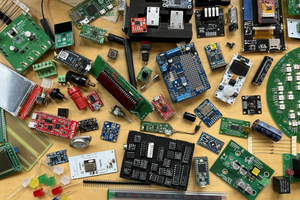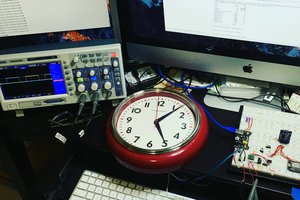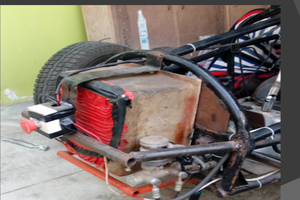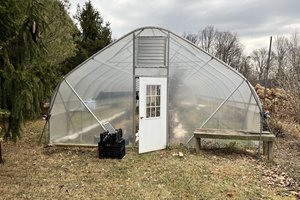This is a fairly straight forward build the way I did it. Rather than re-invent the wheel, I used as many off the shelf components as possible. The 555 timers were pre-built modules that came on small circuit boards. I changed their pots to get the timing range I needed and then mounted them onto a master circuit board.
The speedometer is something I had and admired for its looks on the bench. Speedometers of the period are cool looking and quite simple. I replaced all lights with 6.5v LED lights used for pinball. The gauges needed about 2.5v to get them to 3/4 scale. They are wired in parallel since they use the same voltage range.
The radio was picked because it's very small, has 2 built in speakers and plays FM, MP3, and is Bluetooth. It's also quite reasonable at about $30. However, with most modern radios, they require power to keep their memory alive. In the past, there was a separate wire just for the memory and then one for the power. But now, this and most radios draw memory and main power from the same wire with the second wire being an enable for turning the radio on by the ignition switch. To provide battery backup to remember the mode and location on the MP3, I used diode logic with a 9v rechargeable battery to keep the memory alive. As I recall, as long as the voltage doesn't drop below about 6v you're ok. The 9v battery allows me a day or two to unplug and more the radio around. The model number of the radio I used is Adveise AV252B available on Amazon or Ebay.
I powered the entire unit with a 12 Meanwell power supply. I run the AC that supplies that power supply module through an Alexa capable outlet so that I can program the clock to go on and off when I want it. This should help the longevity of the Nixie tubes although the nixie clock itself has a nighttime off feature.
The nixie clock board I used came from Amazon. It's a 4 digit IN-12 clock board that sells for about $25-30. You just wire up the Nixie tubes and go. I have built a few including one that I installed in the dash of my '59 Rambler. They work well.
A 12v supply is used to power everything through a diode so that I can also run this clock using a car battery at a car show and not apply power to the supply. I don't know if that's necessary, but it works.
There is another clock timer that I purchased from Menards that I use to trigger the clock at any prescribed time. This timer has a relay so that allowed me to disable the AC supplying the relay and use the contacts to trigger the driver cycle.
Also installed are a horn, and cigarette lighter. The lighter uses a lot of current, so I decided not to supply power to it while running off a 12v battery.
While building this I noticed that honking the horn causes the main timer to cycle thus initiating a drive cycle. I could have fixed this, but I like that aspect. Also, at random the unit will cycle which I also like. It's kind of fun to have it start up at random and play some oldies in the shop or bar.
Driving the speedometer with a motor can be a problem. Most solutions I found for connecting a motor made the whole thing very bulky. I ended up using Greartisan 12v 1000rpm gear motor coupled to a uxcell 6mm to 7mm bore rigid coupling both from Amazon. One side of the coupling fits the motor, and the other side fits a square drive bit that with filing will fit the speedometer. I suspended the motor inside the pvc pipe with rubber bands to give some play to the system.
The enclosure used is made from a cabinet door. The front and back panels were made by cutting the door panel in half. These were then routed to accept the thin plywood panels that make up the sides, top and bottom. For ease of assembly, the back panel is removable and pivots down. I put vent holes in the bottom ply panel and the top of the back panel. But heat has not been a problem.



 Dan Julio
Dan Julio
 liebman
liebman
 vignesh95
vignesh95
 Justin Scott
Justin Scott
that is funny about the rusting Rambler. I have a 59 in excellent condition- a rarity. My first 59 I got from grandma and it sure had its rust issues and others as well. But I had a lot of great times starting in childhood with tgat car so When I found one with 28,000 miles I had to have it. No rust -it was parked mostly. With a Rambler you hear a lot of interesting stories like yours. My favorite is how a family saved hotel cost by pitching a tent on the top for the parents to sleep in and with kids sleeping on the reclined seats that Rambler made to fold flat for camping. One night things were a little too loud to sleep so the dad drove into town while mom was still sleeping on top in the tent.